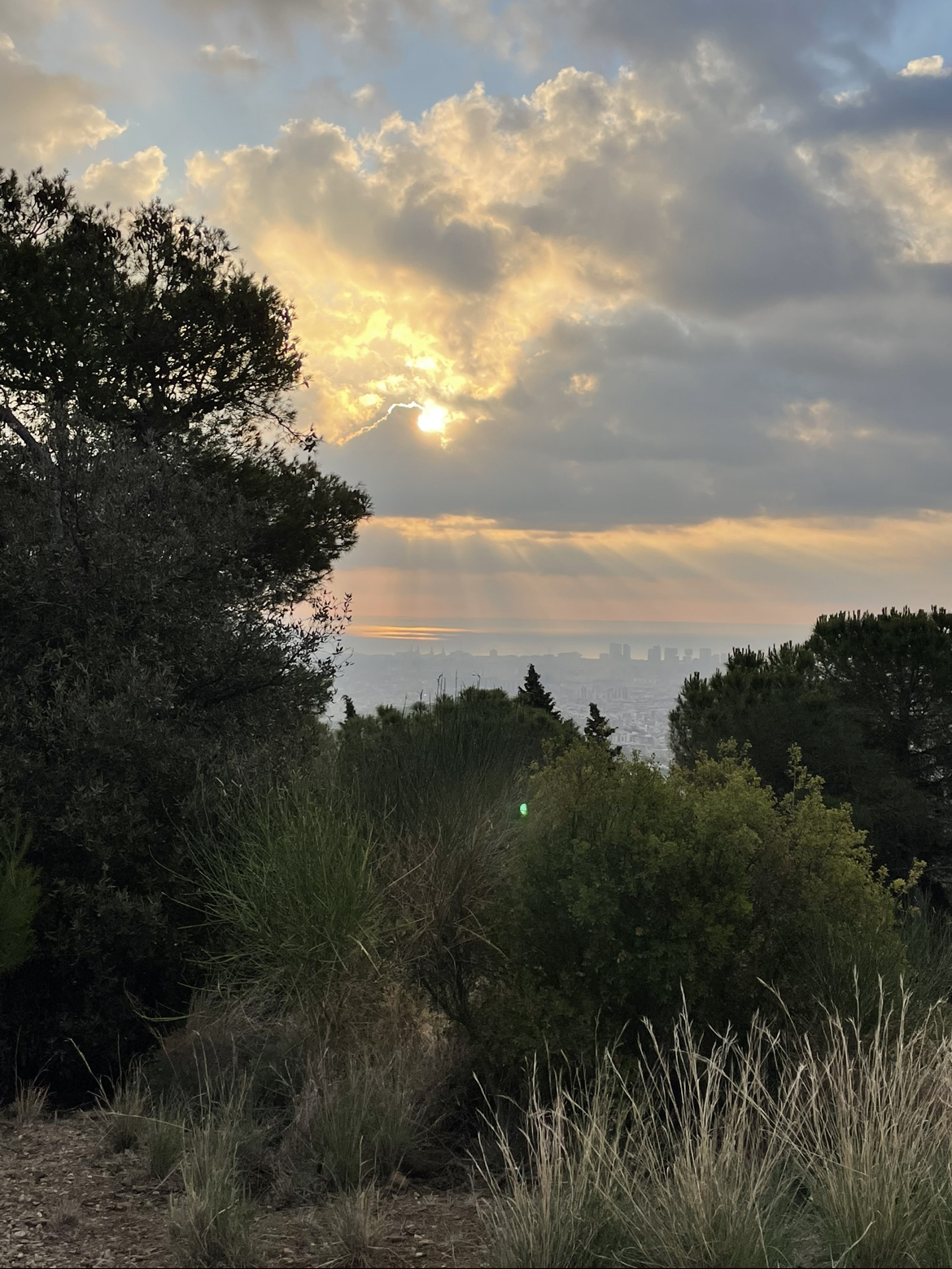
Week 1. Introduction
During this first week we got to know each other and the master's program. We learned about our own personal present skills and the future ones we want to obtain as well as our classmate's ones.
Read More
October 22, 2021

So our first hands on activity was with spirulina and kombucha. Spirulina is a cyanobacteria containing lots of nutrients like Vitamin B, E, antioxidants, chlorophyll, minerals, among many others. It's now become a popular superfood due to its properties. Kombucha is the result of the fermentation of sugar and black tea with the SCOBY (culture of bacteria and yeast). We first stirred the spirulina but not too much to get it agitated (we used a timer to get it done more properly). Then we used a cloth to filter some spirulina and get the sample for the observation in the microscope.

We continued talking about microbiology which studies all of this microscopic organisms. For this, we prepared mediums for analyzing our bacteria like lactobacillus, and yeast. We set the working area with the bunsen burner to make sure there is no bacteria around our samples. Then we put them in The fridge for them to set. The next day we grabbed some bacteria from our surroundings in order to see if it would show in our samples.
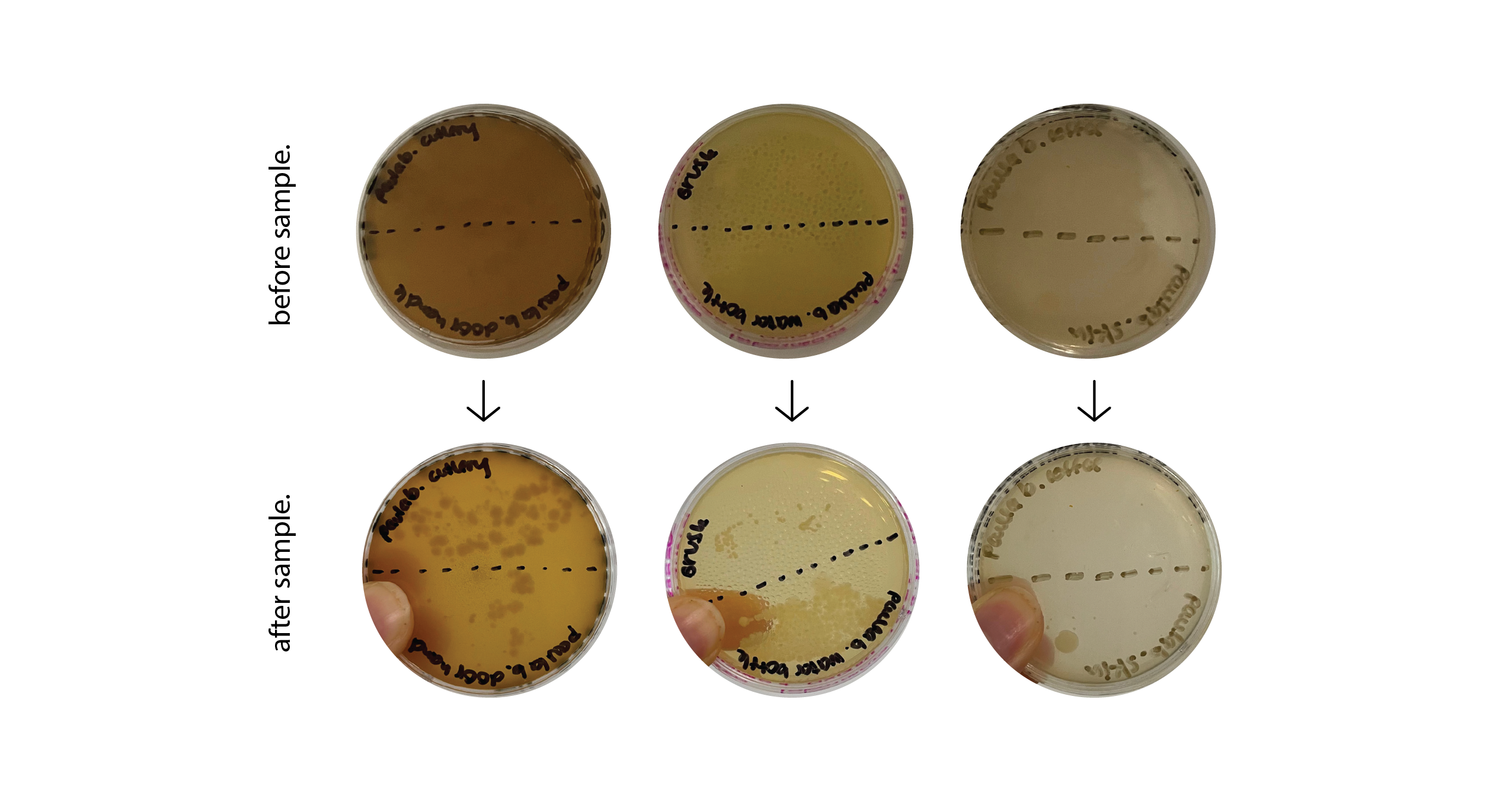
I analyzed some cutlery i had with me, the classroom door handle, my hair brush, the lid of my water bottle and for the lactobacillus one I put my skin and coffee.


After doing our samples we also analyzed some other samples like spinal cord, lactobacillus, ovaries, fish and others. I find it amazing what you can see fromw the microscope, it's a whole other world in a microlevel. Personally I don't feel very acquainted with a lot of terms but I find it very interesting and this week of review of general concepts definitely helped me understand better or at least refresh my mind about this topic.
We went a bit into genetical modifications and how does dna and rna work and pcr's mainly. So we tried it in class. We prepared everything to do a pcr.
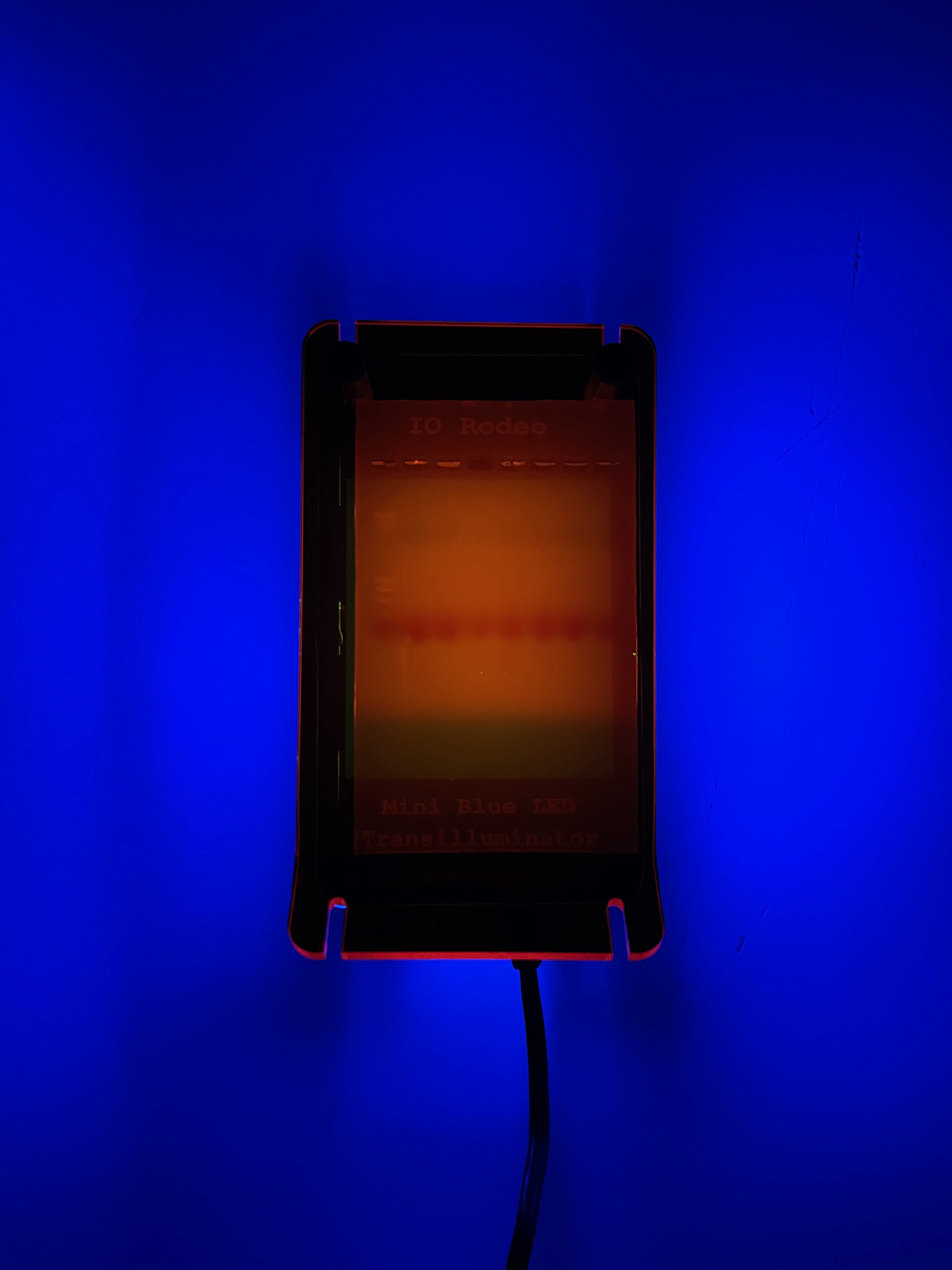
After this I read a scientific article about corals and my summary is here. 'Evolving Coral Reef Conservation With Genetic Information' With this information I realized that corals are a main concern for the scientific community and in this paper they state the importance of genetic information analyzes and gathering of data for conservation of species. With this I started thinking about what ways of genetic modification can be used in order to protect the corals from bleaching. I saw and researched some experiments where researchers are trying to change genetically the corals in order to be more resistant to uv rays and prevent then from bleaching.
I was curious to see if there is a certain protein or component in the corals that can indicate bleaching. In this way you could detect it at an early stage and try to protect that area or that coral. I went into researching the composition of corals and what is their natural indicator of death or bleaching. Corals are full of microscopic algae called zooxanthellae in a mutually beneficial relationship. They are the ones giving the coral its color and when the waters have change in temperatures, even as low as a 2 degree change, can kill them. There are also other reasons for bleaching like pollution, sunlight and extremely low tides. This conditions cause the coral to stress and expell the zooxanthellae.
After analyzing this information I thought about doing the experiment with different options. Option 1 is to measure the presence or amount of zooxanthellae in corals. Option 2 is to measure the amount of stress in corals. With either of these two options I would need a reactor that can detect a specific factor in the coral and pigment it so researchers could see if it is in a healthy state or not. What blocked my way after this is that I found it really difficult to find on the 'IGEM parts website' I'm not very accquainted with biology and these concepts, so I struggled a lot to find the next step towards this genetic modification identification. What I want to find is some way to identify when a species is dying. This way we can detect if an ecosystem is in risk and take action. In this case I went to the specifics and chose the red coral from Spain. By researching I got some of the following information.
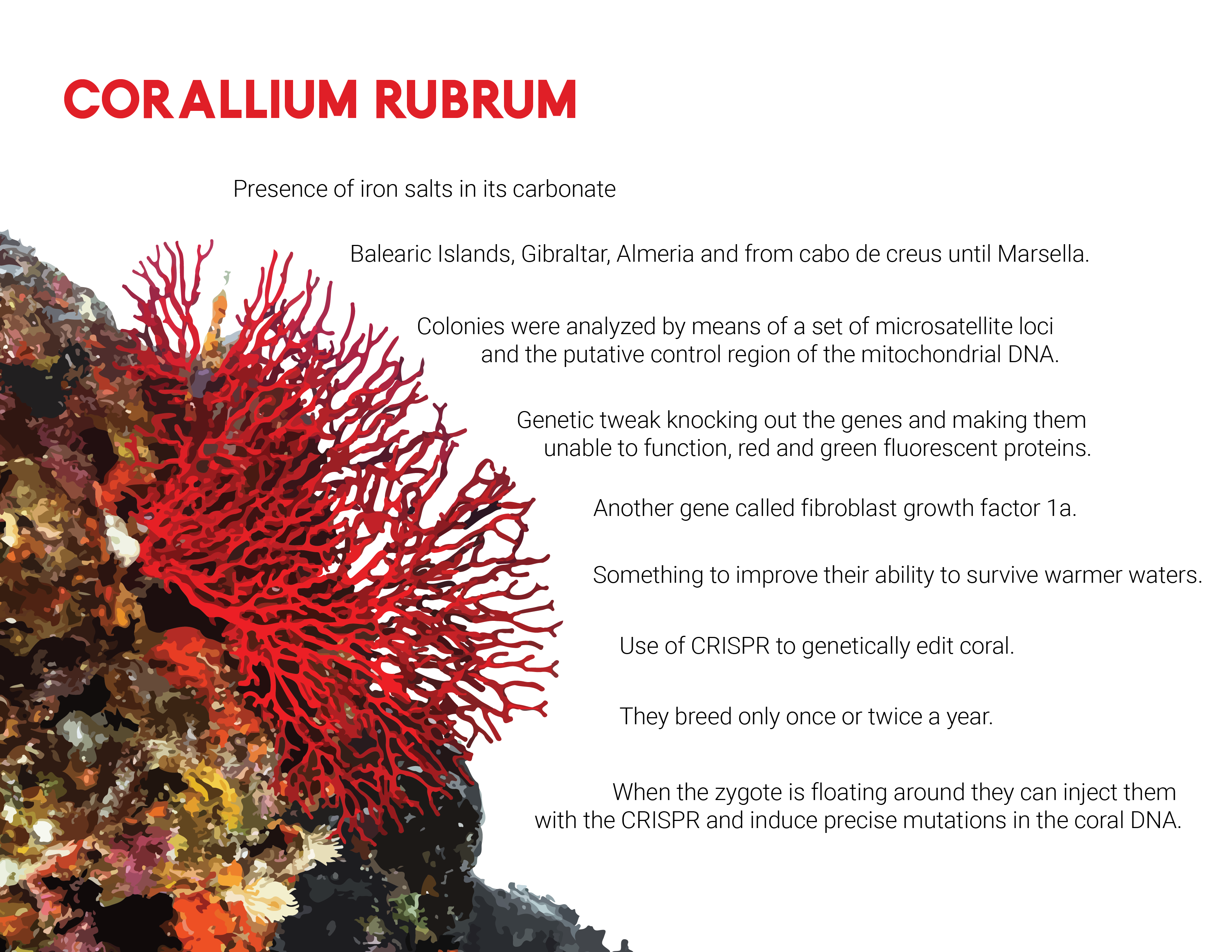
So what I want to find in the IGEM parts website is either a protein that changes color when it detects high levels of stress or low levels of zooxanthellae in corals. For this I assume that I would need a reporter igem part so it tells when it detects a specific condition or a measurement device. It could also be related to some of the research that has been done around the genetic modification of corals to be able to survive higher temperatures in water and high levels of exposure to sunlight. This last options would then be found in the DNA recombination parts of the igem website.

During this first week we got to know each other and the master's program. We learned about our own personal present skills and the future ones we want to obtain as well as our classmate's ones.
Read More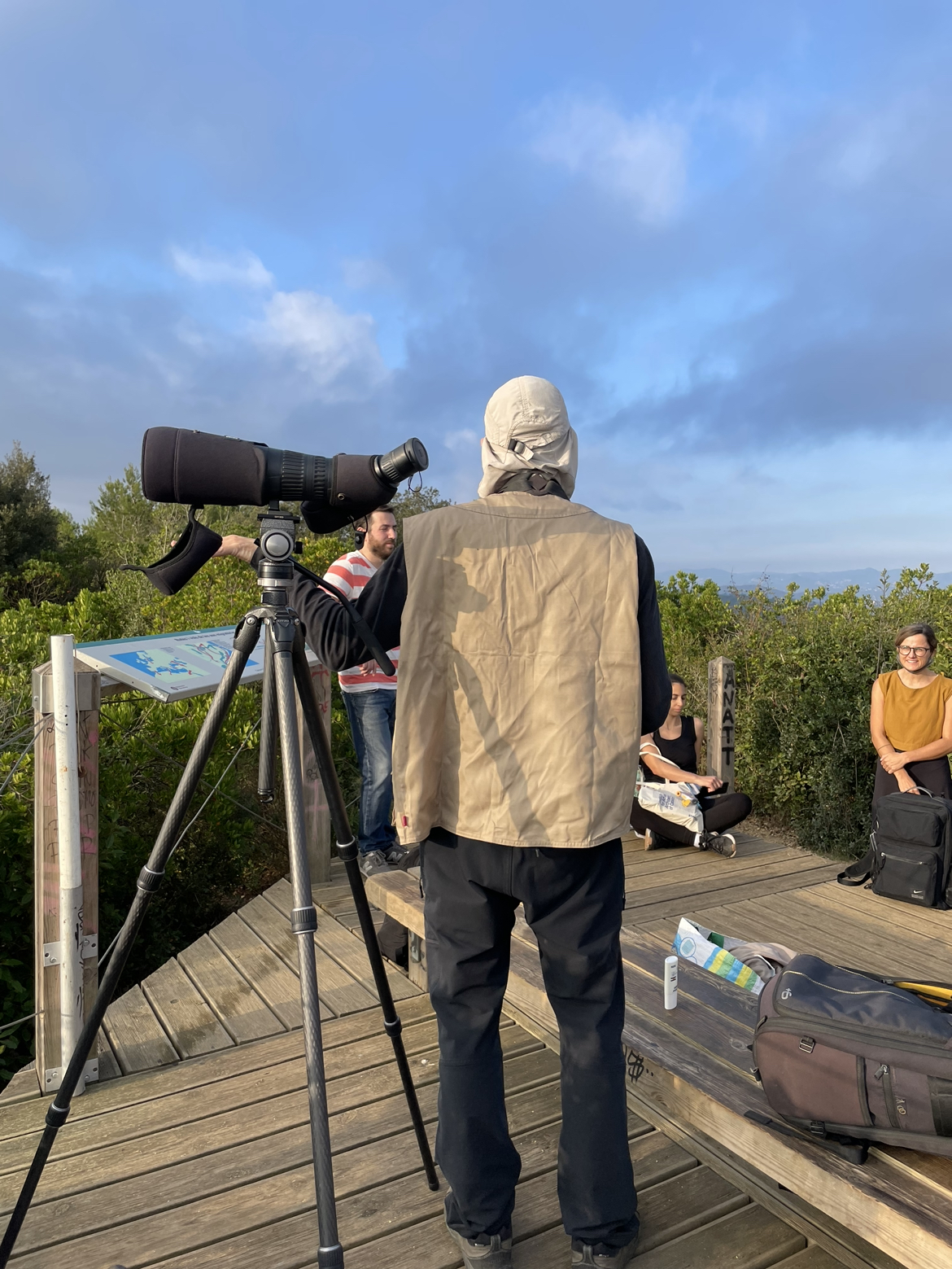
This second week we had the Atlas of Weak Signals course, which analyzes emerging issues that can be assessed and in which way they can be approached. This included a trip to Collserolla.
Read More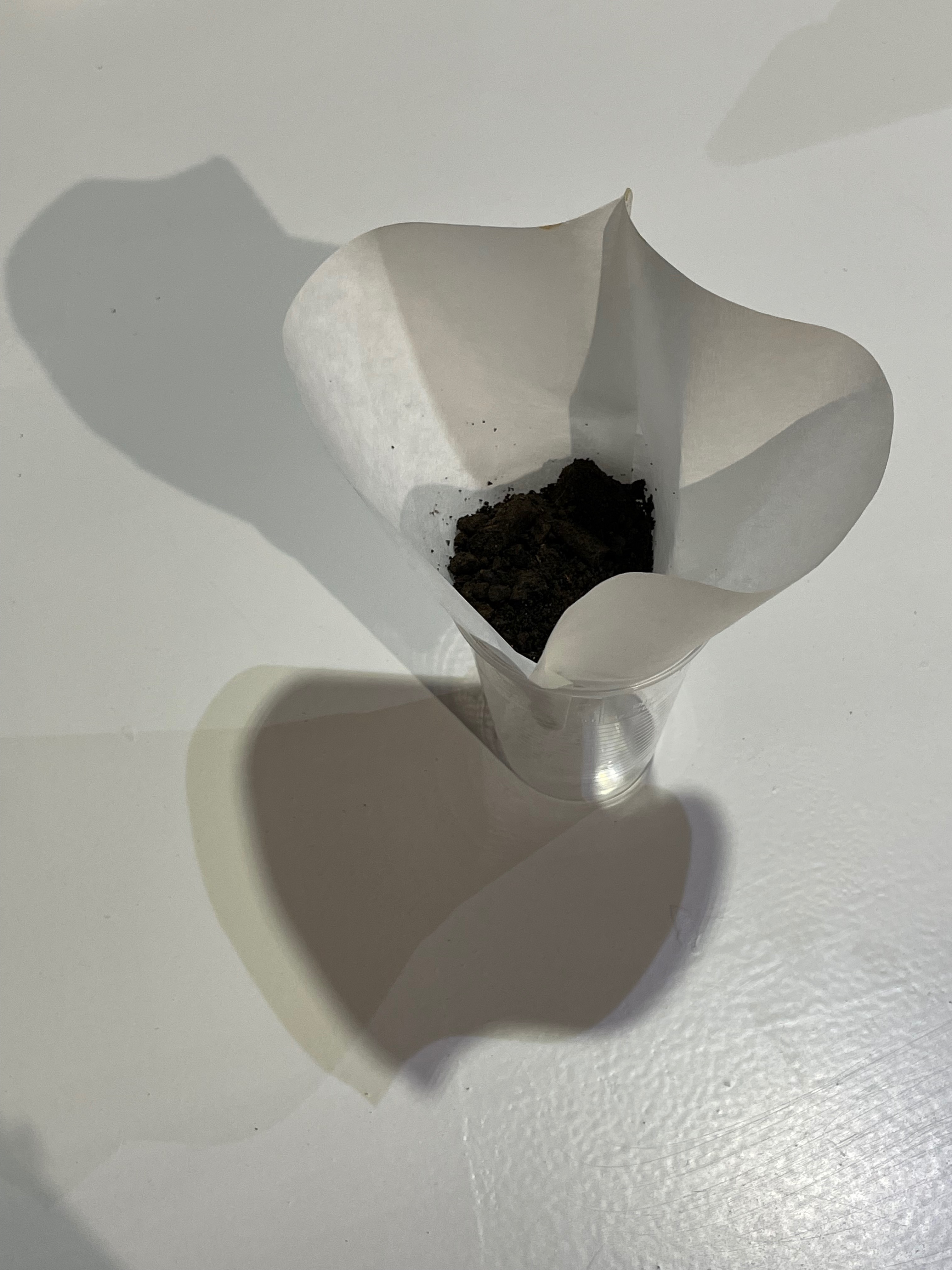
Agriculture Zero was a glimpse of what the agriculture world is. We went from the basics to the deeps like analyzing soil.
Read More